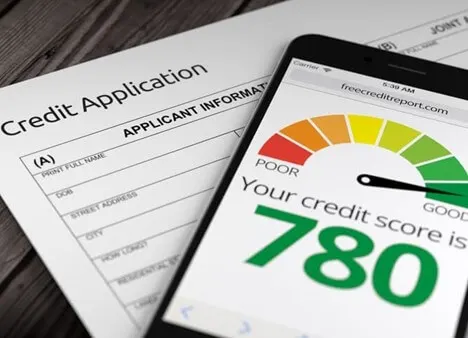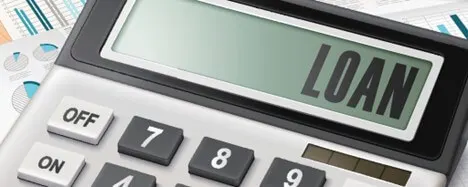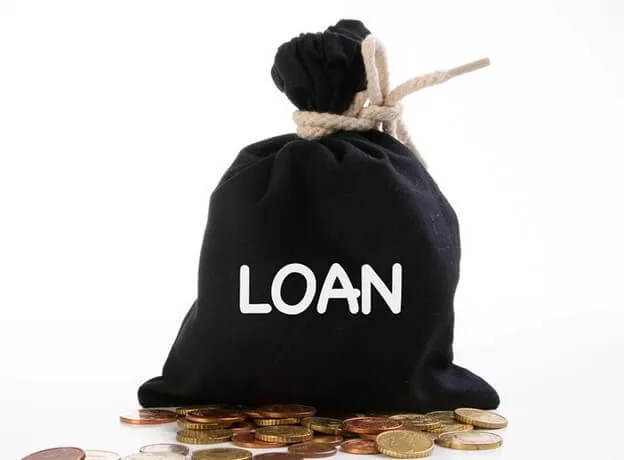Emergencies are unavoidable, and some can require more funds than you have to spare at a given time. Fortunately, personal or consumer loans offer a way to handle these emergencies without delays. Still, they are not always favorable, especially if you are unaware of the interest rates and possible hidden charges.
So, how do you take advantage of personal loans without getting caught off-guard with the interests or charges when it is time to repay? The best way to navigate the difficulties is to use a consumer loan calculator before applying.

A personal or consumer loan is an unsecured type of loan because it requires no collateral. The lending institution does not require assets like cars or houses to back the sum in the event of non-payment. Instead, the lender has other ways of ensuring the borrower repays the money when due without defaults.
Before applying to a lending institution, check for an online calculator. For those in Norway, go to forbrukslån.no/forbrukslån-kalkulator/ for a better understanding of how to use a loan calculator. Use the calculator to check the repayments based on the amount you want and accruing interest. That should inform you whether or not it is ideal for you at a particular time, even in an emergency.
Steps to Using a Loan Calculator

When using a loan calculator, you will see your payment amounts by the month. The sum you replay every month depends on the amount you borrowed, the repayment terms of the contract you signed with the lender, and the interest. You are always aware of the interest from the beginning, which usually informs you whether you should continue the application.
Step 1: Open the calculator and enter the amount you want to borrow. Personal or consumer loan amounts range from $5,000 to $100,000. The amount depends on your credit score and history. Low scores usually get much lower than $5,000 because such loans are unsecured. On the other hand, high scores attract higher amounts, even though they are unsecured.
Step 2: Enter the interest rate for the loan. As mentioned, the interest rate depends on your credit history; the lower your scores, the higher the interest will likely be. Those with minimal debt-to-income ratios usually get better rates because of their reliable financial history. The bottom line is that your interest rate is available with your credit financial information.
Step 3: After entering your interest rate, select a repayment term. Personal loans typically have repayment periods between two and seven years. Note that the longer the period, the higher the interest; the shorter the term, the lower the interest. Keep the repayment term short, depending on your income, to lower your interest rates.
Step 4: Enter a start date for the repayment, usually one month or thirty days after taking the loan. However, the date depends on your agreement with the lender, but consider starting as quickly as possible, especially if you have a stable and steady income source.
Remember to look for hidden charges, such as an origination fee, and enter them to calculate your terms correctly. Not every lender has charges, but those that do are usually upfront about them. They let you know if you will pay an origination fee and other charges once they offer a loan.
Once you’ve done this, the next step is to read the results from your calculations. The results usually show the principal amount, which should be the same as the initial total loan amount you entered. You will also see the total interest payments, which are the sum of the interest alone; nothing has been added.
The total payment is a sum of the principal amount and the accruing interest. Therefore, ensure the total is the same as the principal amount added to the total interest on the loan. Then, you will see the monthly payment, the amount you will pay monthly to service the loan. It is a percentage of the total loan payment. Part of it goes to service the principal amount, while the rest services the interest.
Finally, you should see the final payment date, determined by the start date. This helps you keep the payments in sight and service the loan accordingly. Note that you are not restricted to paying the specific monthly repayment amounts shown on the calculator; you can pay more if you have the available funds. Paying more monthly helps you pay off the entire amount within a shorter period, reducing your interest and improving your credit rating.
Before settling for a lender, compare amounts and terms among various options, especially if you have a low or poor credit rating. Many lenders offer unfavorable terms to potential borrowers with poor scores; the interest is usually high, affecting the total repayment amount. However, some lenders have favorable terms for all credit score levels, including the low or poor ones.
Compare amounts, interest, and annual percentage rate or APR. The interest can be different from the APR if the loan has fees like an origination fee. Otherwise, they are usually the same; you do not have to pay them differently. Thorough research and comparison should help you decide on the most suitable lender for your consumer loans.
Credit Scores and How They Affect Loan Amounts and Interest

The FICO rating lets you know your credit score and how it affects your loan amounts and interest or APR when repaying them. The scores range from excellent to bad, directly affecting the entire process. An excellent credit score ranges between 720 and 850; the APR is estimated at 12.4%.
Next to it is the good credit rating, which is 690 to 719, and the APR is estimated at 14.8%. The third rating is fair, and the score is from 630 to 689, with an estimated APR of 18.05%. The lowest rating is bad, with a score ranging from 300 to 629 and an estimated APR of 21.1%. These scores also determine how much a lender will offer when applying because of credit history.
For example, if a lender advertises that it provides up to $100,000, that amount is available only to those with excellent credit ratings. Depending on the lender, people with good ratings may also get a reasonable amount, but they may only access part of the amount. A fair rating attracts a lower amount, although it is usually reasonable to the borrower.
However, those with bad credit scores typically get less than $5,000; some lenders offer as low as $800. Other factors that affect the loan amount and repayment terms, even when you use the calculator, are income avenues and amounts. Some lenders become more open to offering a higher amount to a bad credit score owner if they have a regular and sizeable income. Once verified, the income can become collateral to build confidence in the borrower’s repayment ability.
You can use the period to build your credit rating. Punctual repayments usually read positively for the borrower and slowly build the score over time. Late or delayed payments can hurt the score. Therefore, never borrow more than you can pay back on time and keep it within budget according to your income.
Also, consider borrowing from one lender per time instead of having multiple loans to repay. They may become too much for your income and daily expenses and affect your financial history. In addition, borrow for important projects or emergencies, not to spend on trivial issues. You may be unable to pay it back when it is due.

Benefits of a Consumer Loan
Taking out a consumer or personal loan has benefits, mainly because you do not need collateral. As mentioned, most personal loans are for emergencies, and collateral may be unavailable when the money is required.
Another benefit is that a personal is quick and easy to get. Some lenders offer same-day loans, which means you get funded within 24 hours. They can make it easy by deducting the repayment amounts from your account when due so you do not skip payments. All you have to do is provide your name, age, income amount, proof of income, valid ID, and desired amount. Some may go deeper and request more personal information, but that is usually for higher amounts.
Apply and wait for approval; once it comes, you get funded. All these take less than 24 hours to complete. A third benefit is that many lenders do not need to know the loan’s purpose.
While it is a staple request, lenders skip it, making it easy to use the money for various purposes. A few lenders ask about the purpose of the loan, which is to make completing the application easy, but they are not strict about it.
Despite these benefits, it is important to weigh the repayment cost against the gains and see if the loan is worth it. While the repayment period is usually extended, it may not be beneficial in the long run, especially considering the interest and possible payment issues. Getting help from loved ones and friends or getting a salary advance may be wiser.
Conclusion
A consumer loan calculator helps you know how much to pay monthly when you take a loan and the interest or APR. The tool makes it easy to budget and determine if it is favorable or if you should look for better options.
It also allows you to compare amounts and repayment terms among multiple lenders until you find a favorable one that suits your needs. However, understand the perks and downsides of an unsecured loan to see if it is the right step or if you should get the funds from other sources.

Jessi is the creative mind behind The Coffee Mom, a popular blog that combines parenting advice, travel tips, and a love for all things Disney. As a trusted Disney influencer and passionate storyteller, Jessi’s authentic insights and relatable content resonate with readers worldwide.
